
Richard Burton Matheson was an American author and screenwriter, primarily in the fantasy, horror, and science fiction genres.

Fredric Brown was an American science fiction, fantasy, and mystery writer. He is known for his use of humor and for his mastery of the "short short" form—stories of 1 to 3 pages, often with ingenious plotting devices and surprise endings. Humor and a postmodern outlook carried over into his novels as well. One of his stories, "Arena", was adapted to a 1967 episode of the American television series Star Trek.
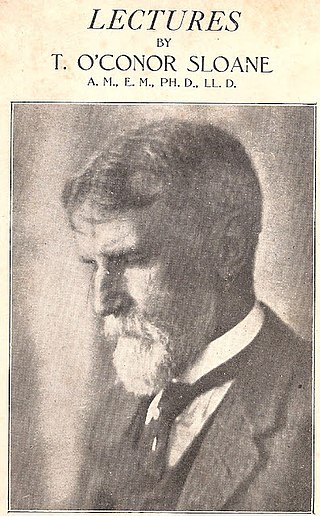
Thomas O'Conor Sloane was an American scientist, inventor, author, editor, educator, and linguist, perhaps best known for writing The Standard Electrical Dictionary and as the editor of Scientific American, from 1886 to 1896 and the first science fiction magazine, Amazing Stories, from 1929 to 1938.
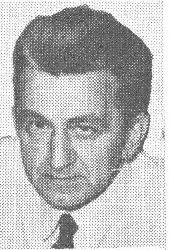
Frank Rudolph Paul was an American illustrator of pulp magazines in the science fiction field.

Manly Wade Wellman was an American writer. While his science fiction and fantasy stories appeared in such pulps as Astounding Stories, Startling Stories, Unknown and Strange Stories, Wellman is best remembered as one of the most popular contributors to the legendary Weird Tales and for his fantasy and horror stories set in the Appalachian Mountains, which draw on the native folklore of that region. Karl Edward Wagner referred to him as "the dean of fantasy writers." Wellman also wrote in a wide variety of other genres, including historical fiction, detective fiction, western fiction, juvenile fiction, and non-fiction.
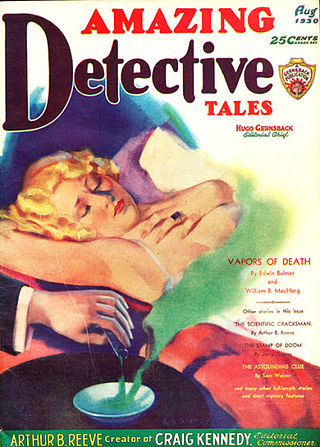
Earle K. Bergey was an American artist and illustrator who painted cover art for thousands of pulp fiction magazines and paperback books. One of the most prolific pulp fiction artists of the 20th century, Bergey is recognized for creating, at the height of his career in 1948, the iconic cover of Anita Loos's Gentlemen Prefer Blondes (1925) for Popular Library.
Richard Christian Matheson is an American writer of horror fiction and screenplays, the son of fiction writer and screenwriter Richard Matheson. He is the author of over 100 short stories of psychological horror and magic realism which are gathered in over 150 major anthologies and in his critically hailed hardcover short story collections Scars and Other Distinguishing Marks, Amazon #1 bestseller Dystopia and Zoopraxis. He is the author of the suspense novel Created By and Hollywood novella of magic realism The Ritual of Illusion, and was the editor of the commemorative book Stephen King's Battleground. Matheson also adapted the short story which was made into an iconic episode of the TNT series Nightmares & Dreamscapes: From the Stories of Stephen King and won two Emmys.
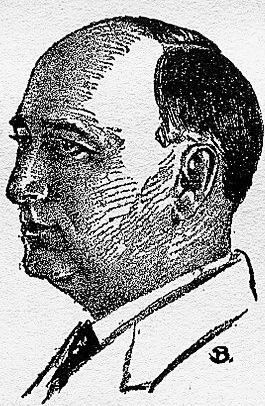
David Henry Keller was an American writer who worked for pulp magazines in the mid-twentieth century, in the science fiction, fantasy, and horror genres. He was also a psychiatrist and physician to shell-shocked soldiers during World War I and World War II, and his experience treating mentally ill people is evident in some of his writing, which contains references to mental disorders. He initially wrote short stories as a hobby and published his first science fiction story in Amazing Stories in 1928. He continued to work as a psychiatrist while publishing over sixty short stories in science fiction and horror genres. Technically, his stories were not well-written, but focused on the emotional aspects of imaginative situations, which was unusual for stories at the time.

Miles John Breuer was an American physician and science fiction writer of Czech origin. Although he had published elsewhere since the early 20th century, he is considered the part of the first generation of writers to appear regularly in the pulp science fiction magazines, publishing his first story, "The Man with the Strange Head", in the January 1927 issue of Amazing Stories. His best known works are "The Gostak and the Doshes" (1930) and two stories written jointly with Jack Williamson, "The Girl from Mars" (1929) and The Birth of a New Republic (1931).
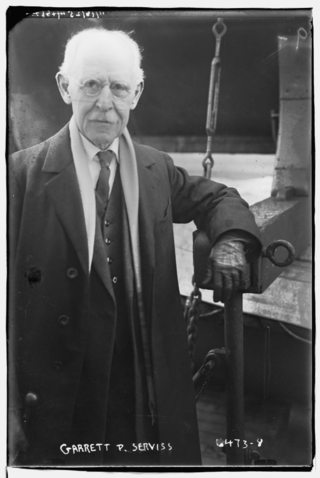
Garrett Putnam Serviss was an American astronomer, popularizer of astronomy, and early science fiction writer. Serviss was born in Sharon Springs, New York and majored in science at Cornell University. He took a law degree at Columbia University but never worked as an attorney. Instead, in 1876 he joined the staff of The New York Sun newspaper, working as a journalist until 1892 under editor Charles Dana.
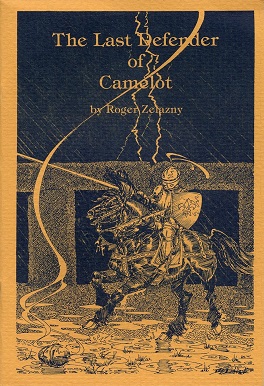
"The Last Defender of Camelot" is a fantasy short story by American writer Roger Zelazny, first published in the Summer 1979 issue of Asimov's SF Adventure Magazine. It was subsequently published as a chapbook by Underwood/Miller for the May 23, 1980 V-Con 8 where Zelazny was guest of honor. The story was also the basis of a 1986 episode of the television series The Twilight Zone.
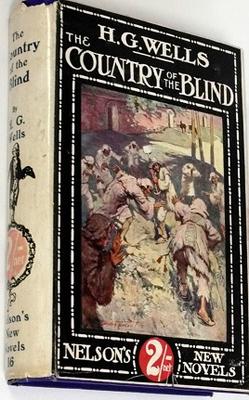
The Country of the Blind and Other Stories is a collection of thirty-three fantasy and science fiction short stories written by the English author H. G. Wells between 1894 and 1909. It was first published by Thomas Nelson and Sons in 1911. All the stories had first been published in various weekly and monthly periodicals. Twenty-seven of the stories had also been previously published in five earlier story collections by Wells.

H. G. Wells was a prolific writer of both fiction and non-fiction. His writing career spanned more than sixty years, and his early science fiction novels earned him the title of "The Father of Science Fiction".

George Allan England was an American writer and explorer, best known for his speculative and science fiction. He attended Harvard University and later in life unsuccessfully ran for Governor of Maine. England was a socialist and many of his works have socialist themes.
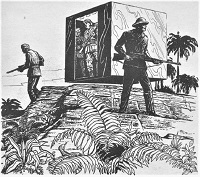
"A Gun for Dinosaur" is a classic time travel science fiction story by American writer L. Sprague de Camp as part of his Rivers of Time series. It tells the story of four men who travel into the past to hunt dinosaurs.
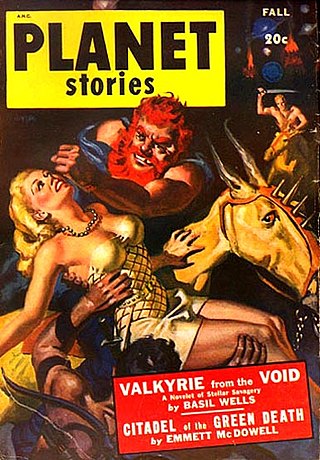
"Mars Is Heaven!" is a science fiction short story by American writer Ray Bradbury, originally published in 1948 in Planet Stories. "Mars Is Heaven!" was among the stories selected in 1970 by the Science Fiction Writers of America as one of the best science fiction short stories published before the creation of the Nebula Awards. As such, it was published in The Science Fiction Hall of Fame Volume One, 1929–1964. It also appears as the sixth chapter of The Martian Chronicles, revised as "The Third Expedition."
"The Truth About Pyecraft" is a British fantasy-comedy short story by H. G. Wells. It was originally published in The Strand Magazine, and then included in the Twelve Stories and a Dream story collection, in 1903. It has been frequently reprinted.
The Infinite Worlds of H. G. Wells is a four-hour television miniseries conceived by Nick Willing and released in 2001 by the Hallmark Channel. It is based on a number of short stories by H. G. Wells, and in some territories was titled The Scientist.
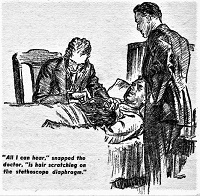
"Hyperpilosity" is a science fiction story by American writer L. Sprague de Camp. It was first published in the magazine Astounding Stories for April, 1938, and first appeared in book form in the de Camp collection The Wheels of If and Other Science Fiction (Shasta, 1949; It later appeared in the anthologies Omnibus of Science Fiction, Science Fiction of the Thirties, The Edward De Bono Science Fiction Collection, and The Road to Science Fiction #2: From Wells to Heinlein, as well as the magazine Fantastic Story Magazine and the de Camp collection The Best of L. Sprague de Camp. In 2014 the story was shortlisted for the Retro Hugo Award for Best Short Story.
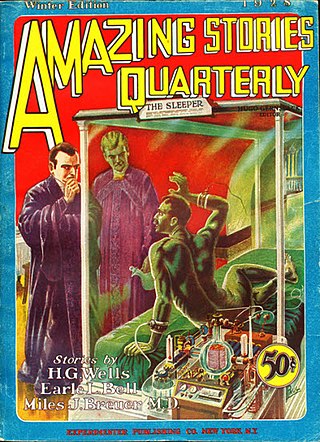
Amazing Stories Quarterly was a U.S. science fiction pulp magazine that was published between 1928 and 1934. It was launched by Hugo Gernsback as a companion to his Amazing Stories, the first science fiction magazine, which had begun publishing in April 1926. Amazing Stories had been successful enough for Gernsback to try a single issue of an Amazing Stories Annual in 1927, which had sold well, and he decided to follow it up with a quarterly magazine. The first issue of Amazing Stories Quarterly was dated Winter 1928 and carried a reprint of the 1899 version of H.G. Wells' When the Sleeper Wakes. Gernsback's policy of running a novel in each issue was popular with his readership, though the choice of Wells' novel was less so. Over the next five issues, only one more reprint appeared: Gernsback's own novel Ralph 124C 41+, in the Winter 1929 issue. Gernsback went bankrupt in early 1929, and lost control of both Amazing Stories and Amazing Stories Quarterly; associate editor T. O'Conor Sloane then took over as editor. The magazine began to run into financial difficulties in 1932, and the schedule became irregular; the last issue was dated Fall 1934.

















